Now that winter has run its course you may be feeling a certain sponginess or bounce in the wooden floors, perhaps a sagging in the stair treads; this could be a sign of something serious, perhaps even imminent collapse.
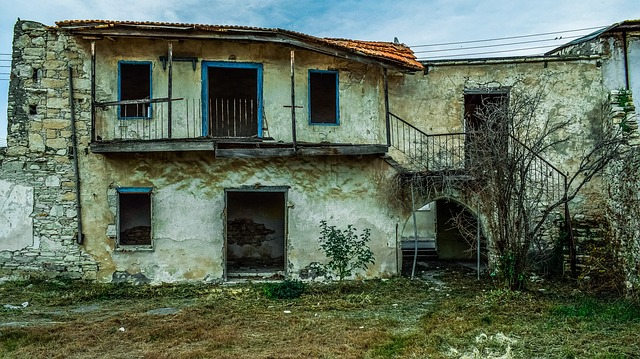
A house that is well maintained won't usually have any problems with water penetration or rising damp. But a stormy winder, like the one here in Bradley Beach, New Jersey can see bits of the house flying away, and that will give water a way in, and if the house is left unlived in for any length of time then wet rot and dry rot spores that float around in the air will have a home, and in a relatively short space of time will eat the timbers of the property.
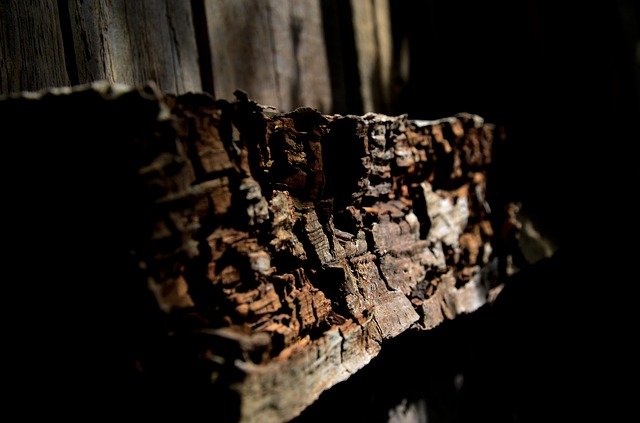
I've seen wooden stairs disintegrate into dust and floors disappear into the cellar because of rot.
Of course, there are other infestations that can attack a house, usually at the same time as the rot: woodworm like soft rotten timber to bore into; beetles, once into the heart of the timber are hard to eradicate and will bore through the timber until it looks like Swiss cheese.
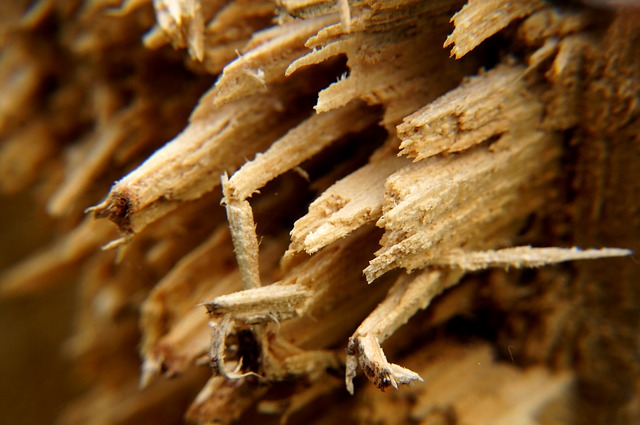
Termites also attack the timber of a house. Birds can get in by falling down the chimney or make nests in the loft. Rats and mice eat electrical cable and that can cause fire and also they run around on worktops in the kitchen where food is prepared and can cause severe illness. Squirrels get in to see what they can take, and bats set up home. These are some of the predators of your unlived in and sometimes lived in home.
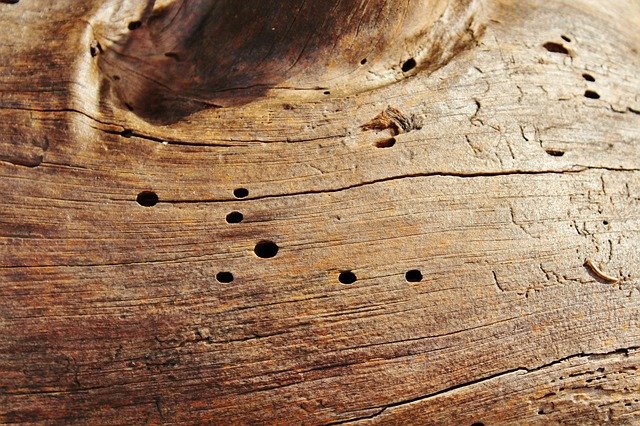
Wet rot is a localised infection of timber usually accompanied by fungus. The best cure for the offending piece of wet rot timber is to chop it out and beat it to death with a big stick. But that will put more spores into the air that will attack other damp timber, so burn it.
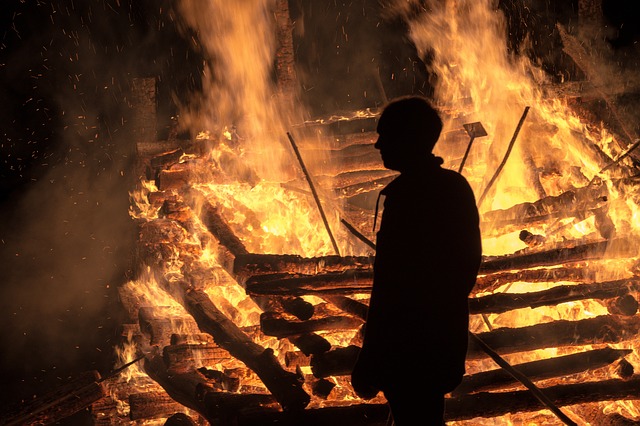
Don't leave rotten timber lying around where it can re-infect other timber.
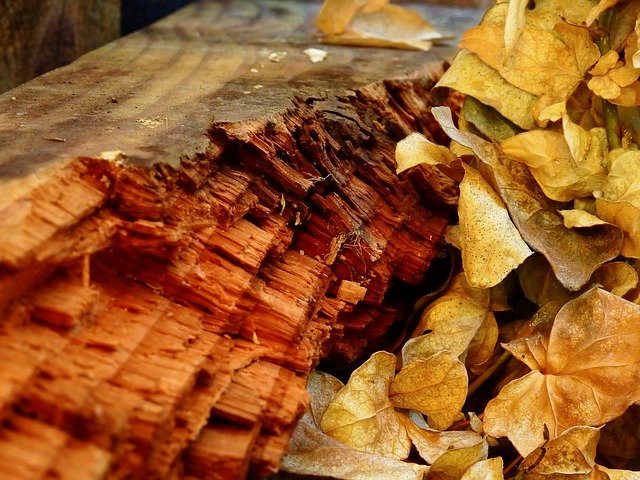
Dry rot is the worst out of the two. It is most serious because it can travel behind the render and through masonry, and if left, can infect the whole house in no time at all, and then the house will fall down.
As with both types of rot, first, stop the moisture that is causing it, then, cut out the rotten timber to 3 feet into healthy timber for wet rot, and usually all the timber for dry rot. Then a new piece can be put in and fixed by steel bolts if it is a joist timber, or screws if it is a floorboard. Windows and doorframes are a little more difficult as the new piece has to be profiled to fit the existing profile and then fixed into place. Make sure all new timber is treated. All the spores and tendrils of the wet rot will have to be dug out and treated and all infected render will have to be hacked off and the masonry made sterile.
It is possible that the rot may have travelled a long way from the original infected source, sometimes up to 20 or more feet by travelling behind render that is damp. This will have to be hacked off and treated with a dry rot killer. And of course, if the original problem that caused the rot in the first place is not eradicated then the same thing will happen again. It all depends on how far the rot has gone as to how much work needs doing.
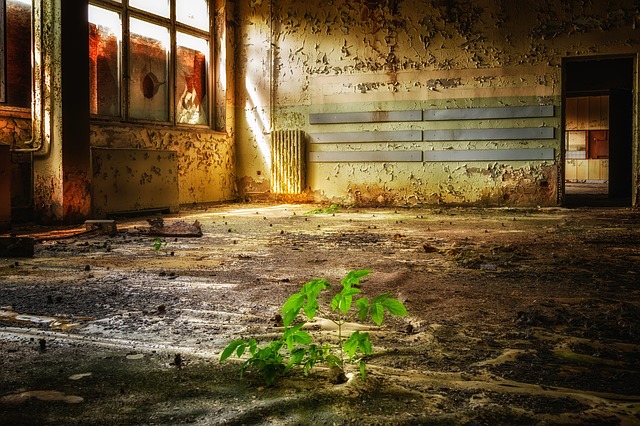
Dry rot is caused by too much moisture in a confined space with not enough ventilation; so the cure would be to dry it out, ventilate the area, and treat with rot killer and preventer.
Images from Pixabay
Article come from over 40 years in the construction industry
Authors get paid when people like you upvote their post.
If you enjoyed what you read here, create your account today and start earning FREE STEEM!
If you enjoyed what you read here, create your account today and start earning FREE STEEM!